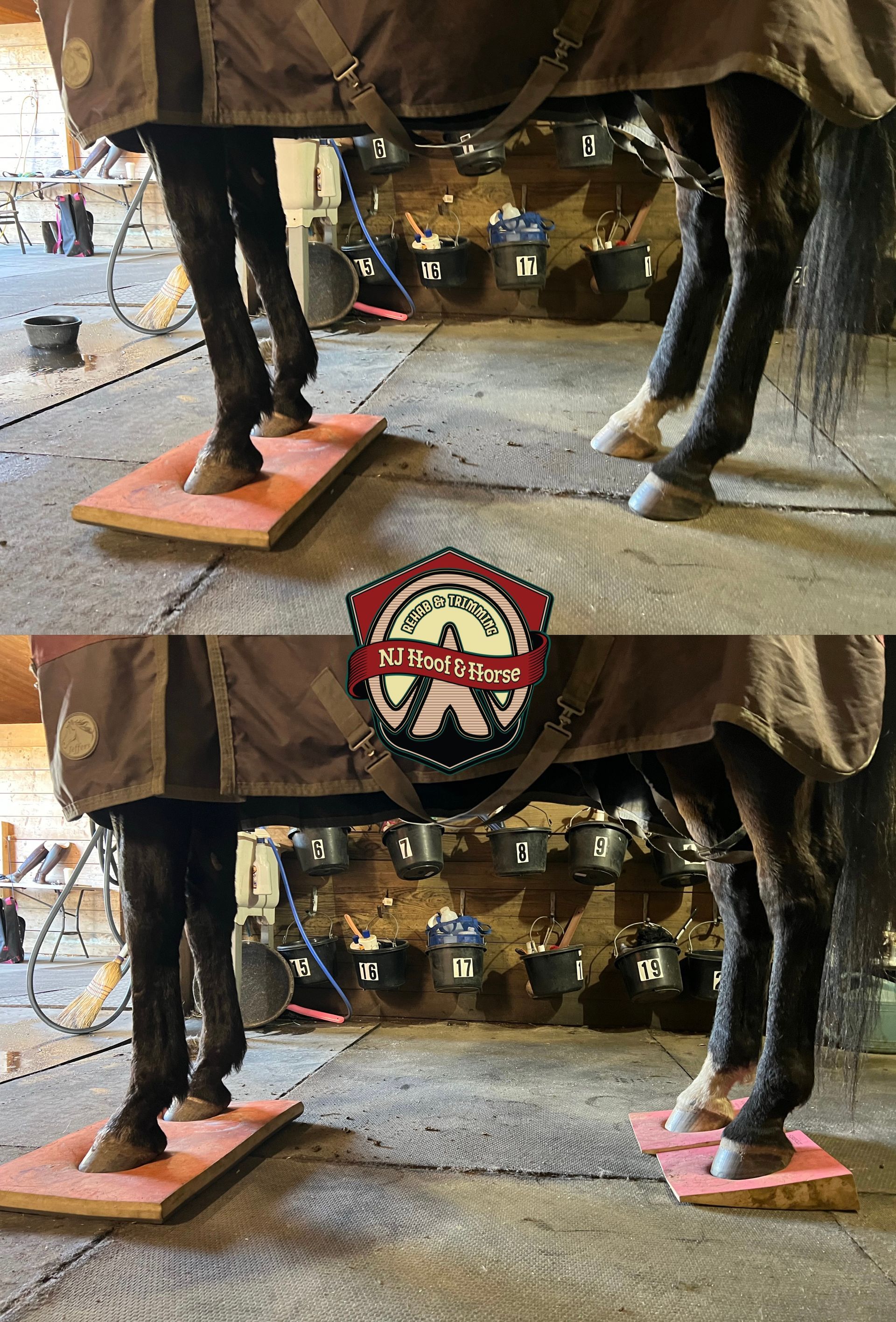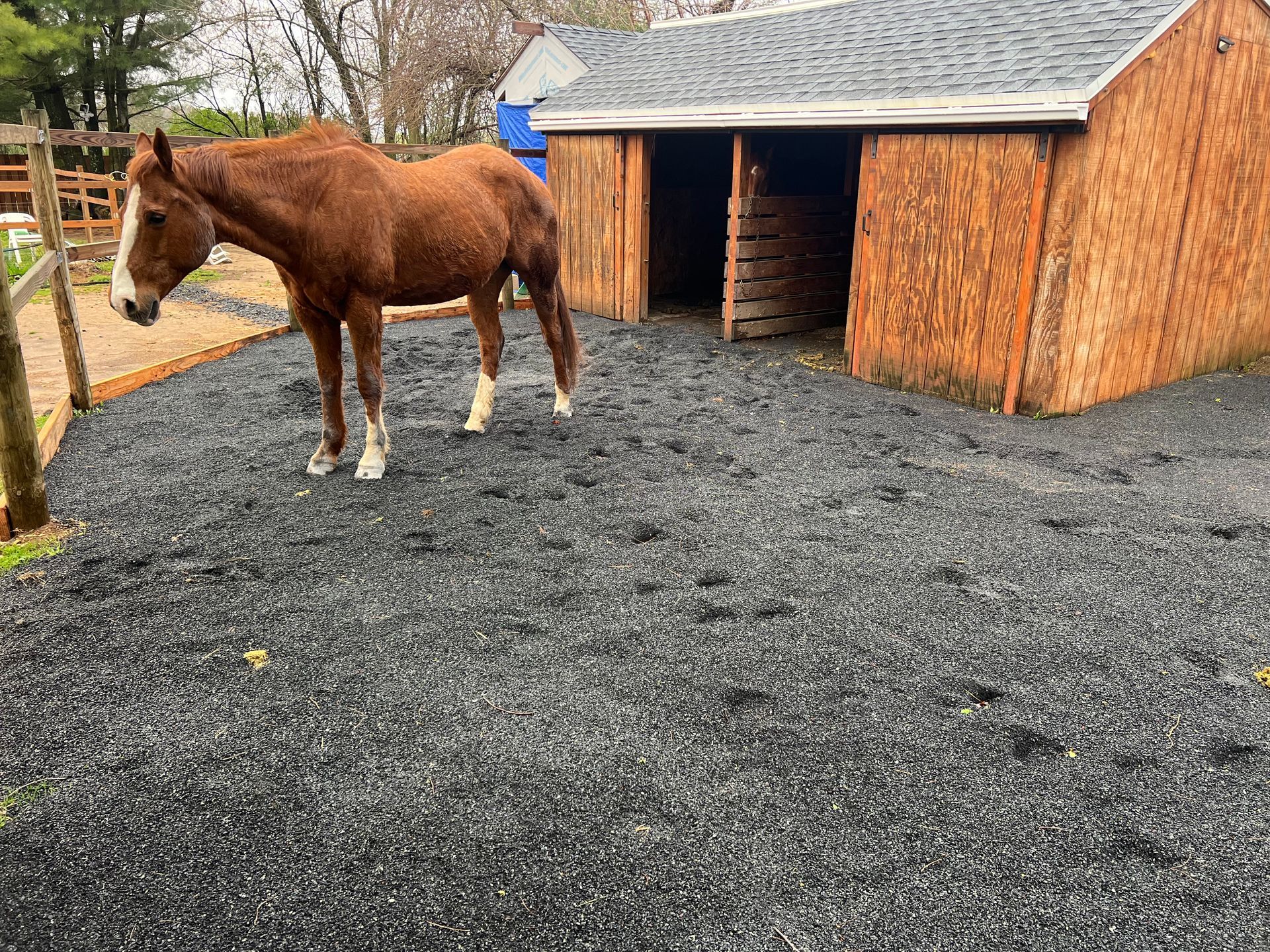Is your horse really sound?
One Minute Discussions #54
Discussing Natural Hoof & Horse Care
IS YOUR HORSE REALLY SOUND?
What is soundness? I think we don’t fully understand this word. Let me illustrate… If I walk a horse across a gravel road and the horse ends up being sore from the gravel but “sound” on softer terrain, is that horse really sound? Another example: your horses’ shoes are pulled but as soon as you let it walk barefoot it is dead lame, but then the shoes get applied and the horse is running around as never before. Again, is that horse actually sound?
In my opinion, NO! Horses that show any signs of lameness or hoof pain are not fully sound/healthy.
This leads to a different question… how likely is it for these horses to be fully sound? Everything depends on what you’re expecting of the animal. If you’re expecting a long time chronically laminitic horse to be endurance riding barefoot, I wouldn’t count on it. How about pasture sound? Some horses have so much damage in their hooves that the best thing to do for them is let them retire.
In any case it really depends on the situation, how damaged the hoof is, the diet, the environment, genetics and how the owner and professionals are managing the health of the horse.
https://www.facebook.com/groups/403518701681330/permalink/574395524593646/
Denys Antonenko

